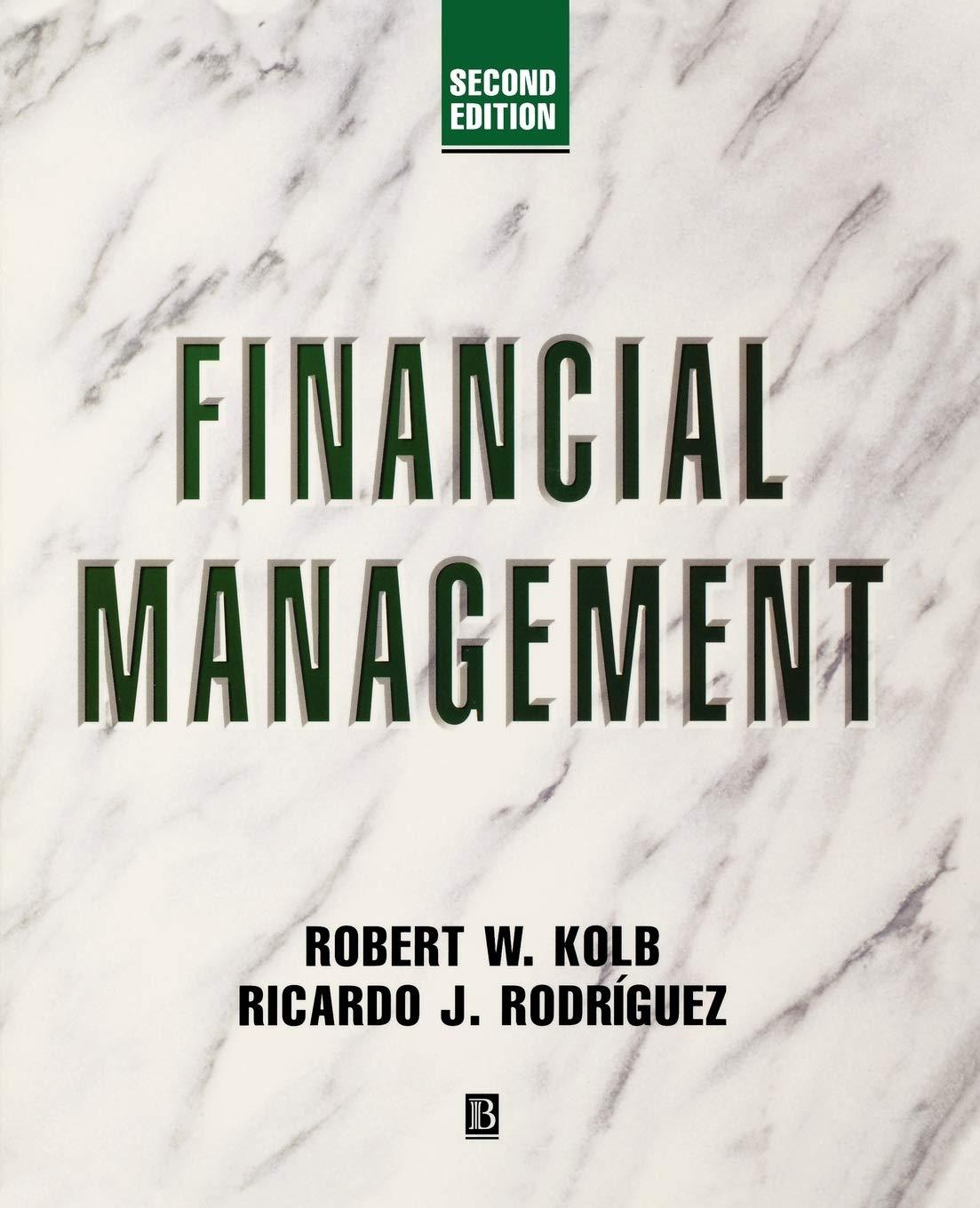Question
1. Companies that trade stock on a national exchange (for example, the New York Stock Exchange or NASDAQ) must comply with the regulations of which
1. Companies that trade stock on a national exchange (for example, the New York Stock Exchange or NASDAQ) must comply with the regulations of which United States Agency? a. Federal Communications Commission b. Federal Trade Commission c. Securities and Exchange Commission
2. Companies that trade stock on a national exchange (for example, the New York Stock Exchange or NASDAQ) are required to file on an annual basis which reports below with Securities and Exchange Commission? a. Form 10-Q b. Form 10-KC c. Form 8-K
3. Which three financial statements are commonly referred to as the primary financial statements, as discussed in class? a. The income statement, balance sheet and statement of cash flows b. The income statement, balance sheet and notes c. The balance sheet, business overview and Management's Discussion & Analysis.
4. Which statement best describes the measurements used in financial statements and in the financial reporting processor a. All measurements are extremely precise, and report only fair market values b. Many measurements require estimates and judgments and reflect a combination of historical costs and fair market values. c. All measurements are extremely precise and report only historical costs.
5. As an analyst, it is important to recognize that the balance sheet measures assets, liabilities and equity a. For the same period of time as the income statement b. For the same period of time as the income statement and the cash flow statement c. As a point in time measurement and is not for a period of time.
6. What statement best describes the relationship between Accounts Receivable, Inventory and Accounts Payable that we have discussed in class. a. There is no relationship between Accounts Receivable, Inventory and Accounts Payable b. There is only a relationship between Accounts Receivable, Inventory and Accounts Payable when there is a decrease in business activity c. There is only a relationship between Accounts Receivable, Inventory and Accounts Payable when there is an increase in business activity. d. There is a relationship between Accounts Receivable, Inventory and Accounts Payable that corresponds to changes in business activity, including both increases and decreases in business activity.
7. The purpose of Management's Discussion and Analysis of Financial Condition and Results of Operations (MD&A") refers to a SEC reporting requirement to provide: a. Financial Statements b. Additional disclosures that supplement the financial statements and notes requirements from management's perspective c. Notes to the financial statements
8. Which statement best describes the impact that an increase in revenues will have on gross profit? a. An increase in revenues will not necessarily result in an increase in gross profit. Many factors, including price-volume-mix analysis and cost of goods sold components must be considered to understand the relationship between revenues and gross profit. b. An increase in revenues will always produce an increase in gross profit. c. An increase in revenues will not change gross profit.
Step by Step Solution
There are 3 Steps involved in it
Step: 1

Get Instant Access to Expert-Tailored Solutions
See step-by-step solutions with expert insights and AI powered tools for academic success
Step: 2

Step: 3

Ace Your Homework with AI
Get the answers you need in no time with our AI-driven, step-by-step assistance
Get Started


